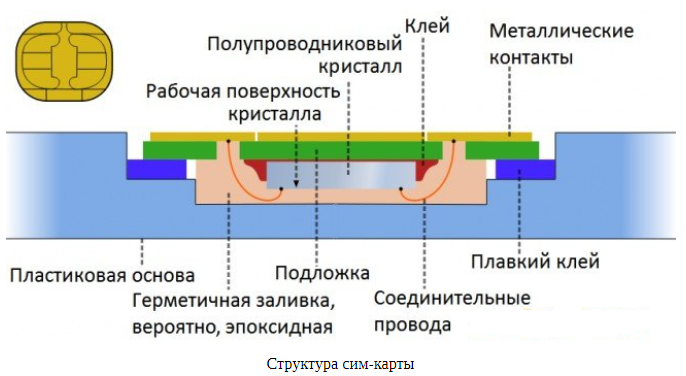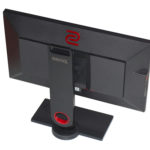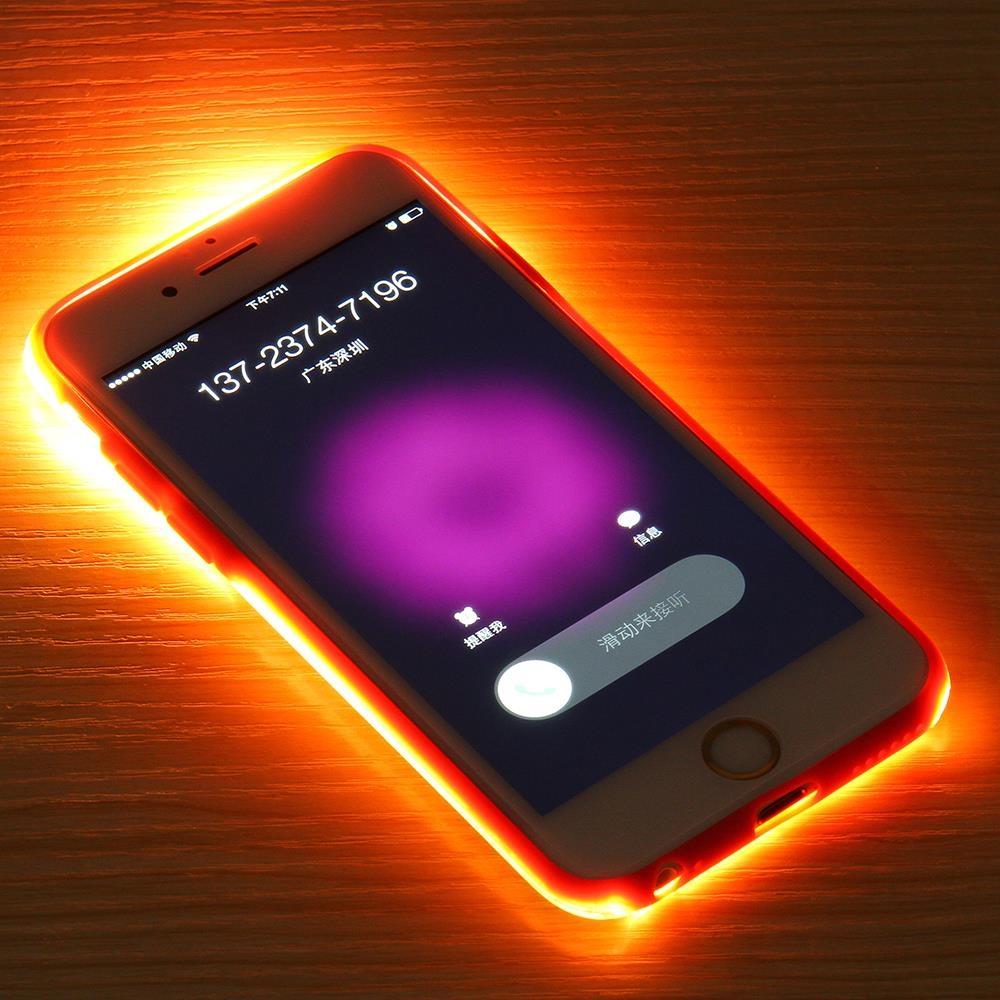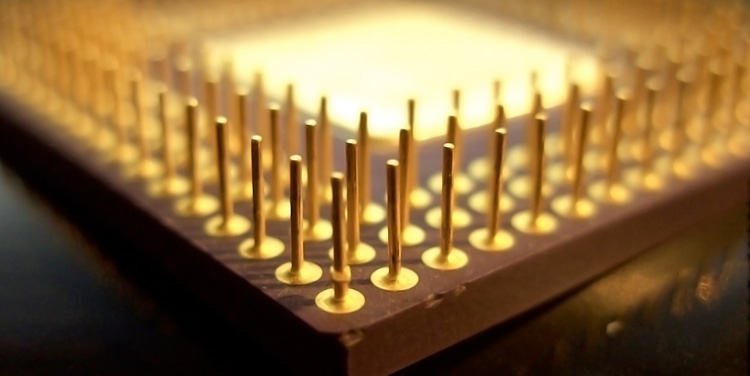What does a SIM card consist of and why is it compared to a computer?
Once upon a time, a call from a mobile phone required connecting to a database to determine the caller's number. The phone could have a standard set of numbers, and the flexibility of choice simply did not exist. In order to ease the pain of telephone customers, individual plates with microcircuits were invented, which are still used today.
 The SIM card is assigned a serial number, part of which is used by customers to make calls. This number refers to the “profile” of the individual number, which is located in the operator’s database and contains all the information about the amount of money in the account, services, etc.
The SIM card is assigned a serial number, part of which is used by customers to make calls. This number refers to the “profile” of the individual number, which is located in the operator’s database and contains all the information about the amount of money in the account, services, etc.
The new invention has protection in the form of a PIN password, which prevents access to the shared identifier network. If the password has been entered several times in a row, the system requests additional passwords PUK, PUK2 and PIN2, which come with the SIM card. Currently, there is an option in your phone settings to disable the password request, so this protection is rarely used.
 In addition to these codes, the device has one more, which is not reported to the user - this code is used only by the system when sending a response to the database. Without it, a person will not be able to recreate the microcircuit or copy it.
In addition to these codes, the device has one more, which is not reported to the user - this code is used only by the system when sending a response to the database. Without it, a person will not be able to recreate the microcircuit or copy it.
Architecturally, a SIM card is a primitive computer with all the standard attributes, such as a processor, internal memory and RAM. Despite the fairly large size of the full version (about the size of two thumbnails), only a small portion of what appears to people is used. Modern phones use smaller versions of SIM cards (micro-SIM and nano-SIM) to save space inside the device. The first SIM cards reached the size of bank electronic keys, which, of course, was inconvenient.
The content of the article
Composition of SIM card
The SIM card is technically a computer whose architecture consists of eight contacts (six in nanoSIM). It includes:
- It has its own 10 MHz processor (no longer needed) and is powered by the phone's battery.
- RAM – occupies 20% of the total volume provided by microcrystals. Used to perform number operations and support the user interface (but most of this work falls on the software of the phone itself).
- Internal memory is the remaining memory that is used to save numbers, messages, call history, etc. This should not be confused with the memory intended for phone files - the SIM card has nothing to do with it.
- A random number generator is a hardware add-on that is used in the background operation of the system.
- Encryptor module - used to recognize passwords and possibly generate new ones.

Interesting Facts
The first SIM cards were large because they were used in pay phones and other places where pieces of plastic had to be manipulated by holding them in one's hand. The vast majority of the surface was occupied by plastic, which was removed as the card became smaller (miniSIM and microSIM). The technical part remained exactly the same.In nanoSIM, the chip is shortened by one quarter, but this does not affect the functionality in any way.
 Some late-model mobile devices use a built-in SIM card, which is additional contacts on the phone's circuit board. This approach relieves the manufacturer of the need to arrange an input for a SIM card, but deprives the user of the opportunity to change the number.
Some late-model mobile devices use a built-in SIM card, which is additional contacts on the phone's circuit board. This approach relieves the manufacturer of the need to arrange an input for a SIM card, but deprives the user of the opportunity to change the number.
It is noteworthy that with the rapid development of technology over several decades, the “filling” of SIM cards has not changed. Most telephone users still use the same chips that were invented in the last century.





